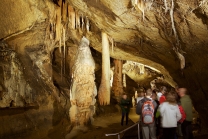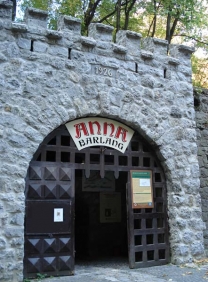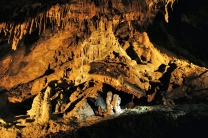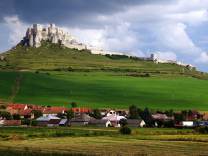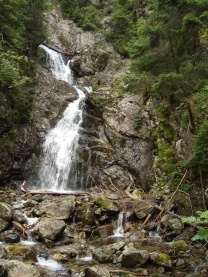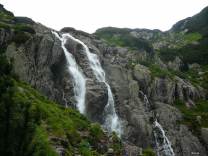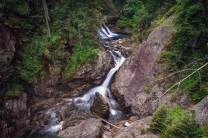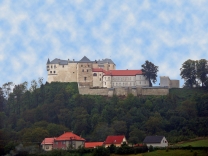No video yet
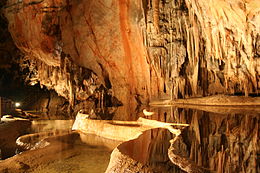
Domica Cave
Cave and archaeological site in SlovakiaThe Domica cave is situated on the south-western border of the Silicka planina Plateau 10 km (6.2 mi) south-east of Plesivec in the Rožňava District of the Košice Region in southern Slovakia and in combination with the Baradla cave represents the most significant section of the Aggtelek Karst and Slovak Karst cross-border cave network that continues into the (Aggtelek National Park) in Hungary.
These vast limestone passages, that had formed during the Middle Triassic and are rich in speleothems were discovered in 1926 by Ján Majko. A 1,600 m (5,200 ft) section of its total length of 5,140 m (16,860 ft) is publicly accessible since 1932.
As an element of the Caves of Aggtelek Karst and Slovak Karst the site has been induced into the UNESCO World Heritage list in 1995.
Exploration
The site belongs to a complex variety of formations that include 712 caves, many of which were well known among the local population for centuries. Bartholomeides, a priest from Ochtiná documented his first systematic excursions into the Certova diera Cave in 1801. His conclusions that a number of local caves are simply parts of a bigger entity were corroborated by the explorer I.Vass, who surveyed the Baradla cave in 1821. E.Nyari took up archaeological work in 1881 and suggested a connection of the Certova diera and Baradla Cave as did K. Siegmenth in 1891. Only the extensive work of Jan Majko in 1926 confirmed the interconnection of several local caves and lead to the discovery of the Domica cave on October 3, 1926. J. Majko penetrated from its bottom through a 15 m deep abyss into large underground spaces in 1926 where plenty of archaeological discoveries were made later.
Description
The Domica Cave is situated in the Slovak karst and consists of light limestone of the Middle Triassic. The passages were shaped by the waters of an underground river, called Styx. Speleothem decoration is omnipresent and very impressive, including cascades of stalactite lakes, variously shaped stalactites domed temples and notably bat guano, that had diffused into sinter crusts...






